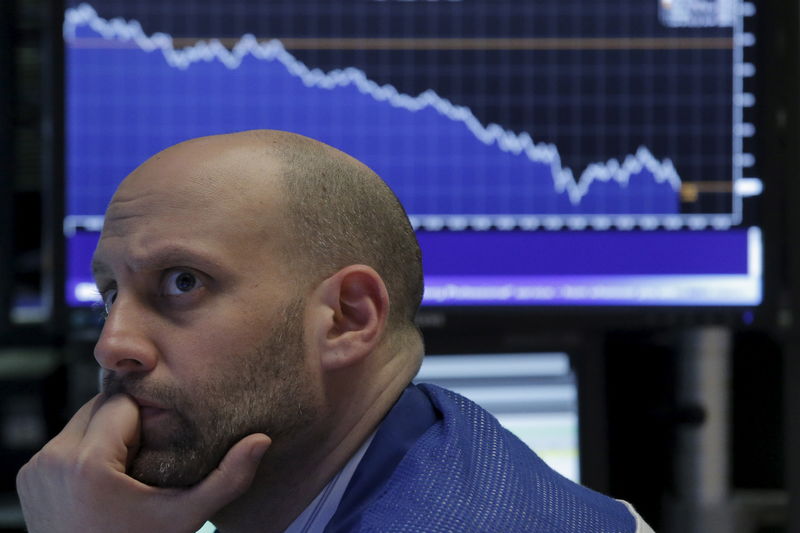Investing.com — Long-only managers continued to buy last week, with all sectors witnessing net inflows, Citi revealed in a note Wednesday.
The largest increases in exposure occurred in the technology, real estate and financial sectors, while the resources, industrials and energy sectors saw the smallest inflows.
In contrast, hedge funds were net sellers over the same period, although activity was mixed.
Healthcare, consumer staples and technology were the most purchased, while outflows were concentrated in consumer discretionary and financial services.
“Financials and real estate replace consumer durables and industrials in the top category this week; Materials end up in the bottom 3 and replace communications,” Citi emphasizes in the note.
Strategists also point out that internal market data from last Friday indicates that prices reflect expectations of a soft landing.
In mid-August, the bank noted that the “stagflation” and “Goldilocks” correlations, in which technology tends to dominate, appeared to have bottomed out. This trend has since materialized, with both correlations rising from their early August lows, while the “overheating” correlation – where utilities and energy tend to perform better – has declined.
Recently there has been a notable increase in the correlations of ‘late recession’ and ‘soft landing’.
Earlier this year, these themes showed positive correlations, although Goldilocks and stagflation correlations were dominant, driven by technology outperformance. Now the soft landing scenario is consistent with broader market performance.
“We think it is likely that either the soft landing correlation will fall out of favor again, or technology could make a comeback and meet the soft landing correlation,” the Citi team wrote.
However, given the weaker price action seen this week, they suggest that the soft landing correlation may be losing momentum, although emerging catalysts could still influence the outcome.


